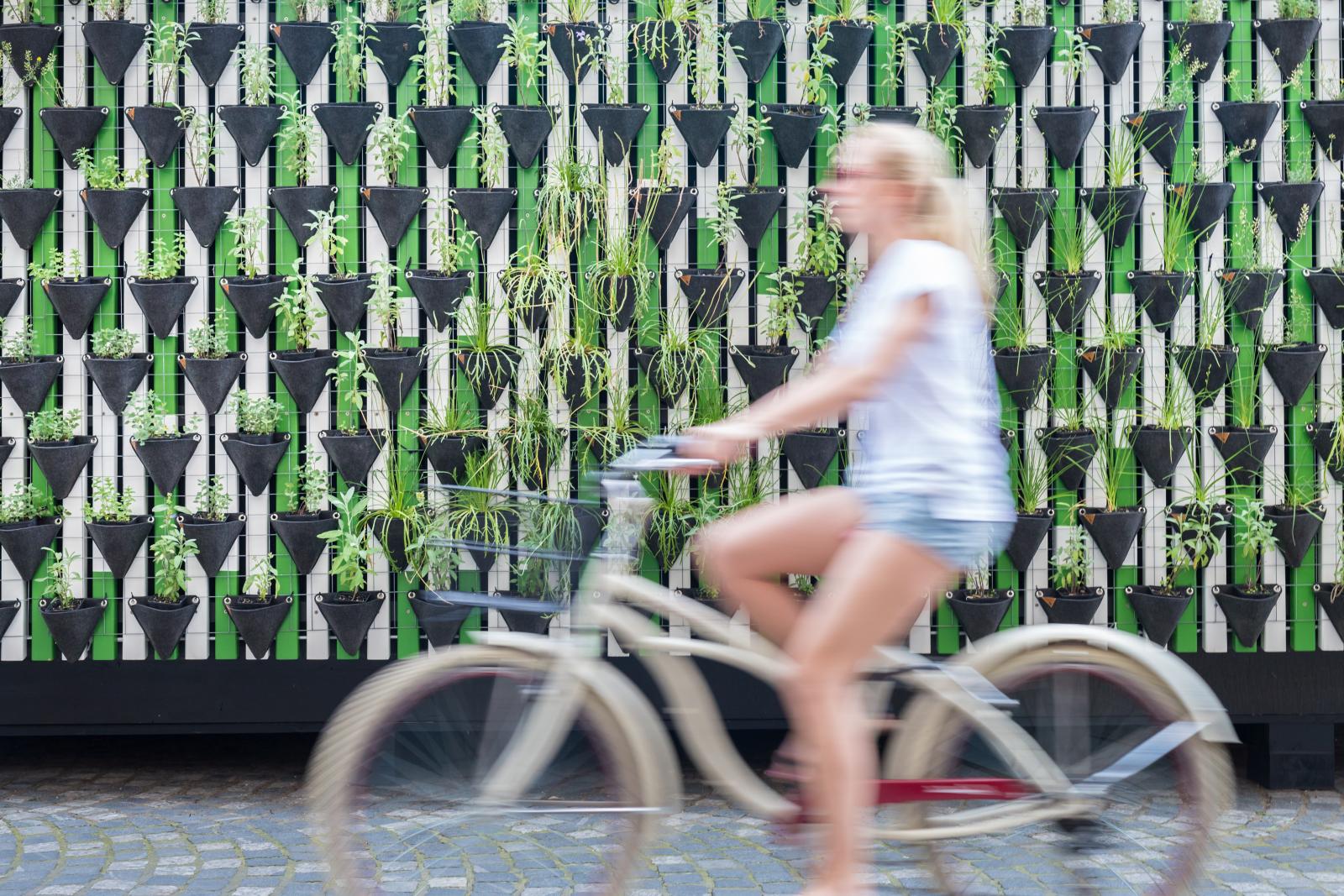COVID-19 and urban transport - the message, the money & the future

The message
We’ve had the first weekend in England since the latest easing of COVID-19 and now the first working week has begun. Early signs are that public transport patronage is picking up sharply but it’s too early to say at the time of writing to what extent this will stretch the capacity of public transport which is already heavily constrained by social distancing. However, the time is surely approaching when we can move away from a single national approach to messaging about the use of public transport (in effect based on London’s unique conditions) to one which can be fine tuned locally to take into account the capacity that may be available in very different geographies. We don’t want public transport which is too busy to be safe in some areas - but at the same time, it makes no sense for public transport to be running empty in other areas whilst the roads fill up with cars bringing road casualties and air pollution in its wake. More widely, the top down approach to the response to COVID-19 leads to other problems too. Perhaps this was most starkly illustrated recently by the withholding of information about the full details of local COVID-19 infection data from those local authorities and Directors of Public Health who need that data to ensure local responses are as effective as possible. On transport, this top down approach has settled down into a consistent pattern which consumes vast amounts of time which could be spent more productively. First comes the speculation, probing and rehearsing different scenarios whilst we wait for key decisions to be made. Then an announcement comes largely out of the blue on a key issue (such as making face coverings compulsory on public transport). Often the announcement lacks all the guidance and information needed to implement it. So then there is the second guessing, probing and speculative implementation of policies at short notice whilst we await the full details. Then the details emerge - and then there is a process of reorienting policy and delivery around that. And so it goes on. This is time wasted that could also be spent looking ahead and planning in a more considered way for what the next operational challenge of the COVID-19 response could be. It’s also not effective overall either – as the UK’s poor record on its coronavirus response in comparison to other countries shows.
The money The additional COVID-19 money runs out for light rail and bus (in England outside London) in less than a month’s time. Emergency funding for private operators of national rail services runs out in September. Transport for London’s additional funding runs out in mid-October. There are different rules and timescales for different modes – but all the funding deals were time limited and they are all approaching the end point. The funding deal for local bus and tram (outside London) being the first to expire. If the past is any guide to the future, then HMT will insist on taking it to the wire and find anyway it can to get public transport used to the idea of starting to come off financial life support in advance of the Autumn (when the hope is life will have settled down to a new normal which is closer to pre COVID-19 life than it is to the national lockdown). The trouble is, that with Government advising people to steer clear of a socially distanced public transport network, fares income has collapsed and it’s only the additional COVID-19 financial life support which is keeping public transport alive. And even when and if the messaging changes about the use of public transport and capacity is restored, it’s hard to see patronage returning to its pre COVID-19 rates any time soon, if ever (and certainly not by the Autumn). Meanwhile, there is no money yet for the additional costs of getting kids to school in September, the Government is still expecting transport authorities to continue to pay bus operators for concessionary trips that aren’t being made and Merseytravel hasn’t seen any funding for its Merseyrail Electrics franchise. Much angst lies ahead on funding – but much time wasted too on trying to keep the show on the road on the basis of short-term, cliff edge deals and complicated one-size fits all funding packages (this also compounds the time already wasted on operational issues set out above). This is why we continue to make the case for additional funding for bus to be devolved to transport authorities. We can then deploy it alongside light rail funding in an integrated way that meets local needs whilst at the same time replace a system which means we pay for bus journeys that aren’t being made with a system where we can support bus networks that are being provided.
The future The big task ahead is to fuse a green recovery from COVID-19 with the decarbonisation agenda in a way that makes better places. The Committee on Climate Change recently reported to Parliament on how it thinks this should happen with its top five investment priorities being:
- Low-carbon retrofits and buildings that are fit for the future.
- Tree planting, peatland restoration, and green infrastructure.
- Energy networks must be strengthened for the net-zero energy transformation in order to support electrification of transport and heating.
- Infrastructure to make it easy for people to walk, cycle, and work remotely.
- Moving towards a circular economy.
The opportunity that the lockdown brought to address number four by reallocating road space to active travel has been one of the most positive aspects of the last few months. But there are big challenges ahead in retaining and developing the levels of lockdown modal shift to active travel and in maintaining the road space reallocation momentum (including turning the temporary and rudimentary into long-term quality). But leaders at the local and national level have got religion about active travel – and that’s half the battle. We are gearing up on number three on the list – as we need a coordinated approach to the electrification of transport (rail, bus, car, e-bikes) which integrates approaches to both the vehicles and the infrastructure to get the juice where it needs to be. City regions should have a key role to play in this and we are working with other bodies – like the Energy Systems Catapult and the Low Carbon Vehicle Partnership – to ensure that they do. Transport can also play a role in priorities one and two – which we explored in our Making the connections on climate report looking at good practice from the UK and the wider world on how transport authorities and providers can decarbonise their own estate whilst improving its resilience through green infrastructure. We can build back better from this crisis and as #TransportAuthoritiesTogether we aim to play our full part.
Jonathan Bray is Director of the Urban Transport Group

